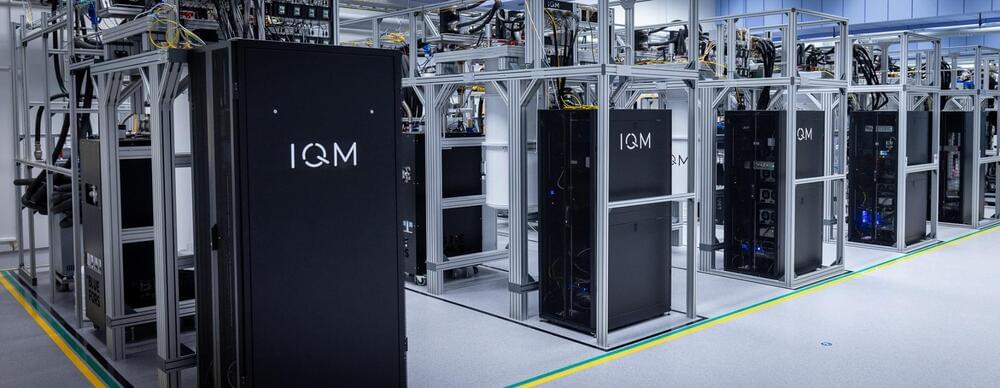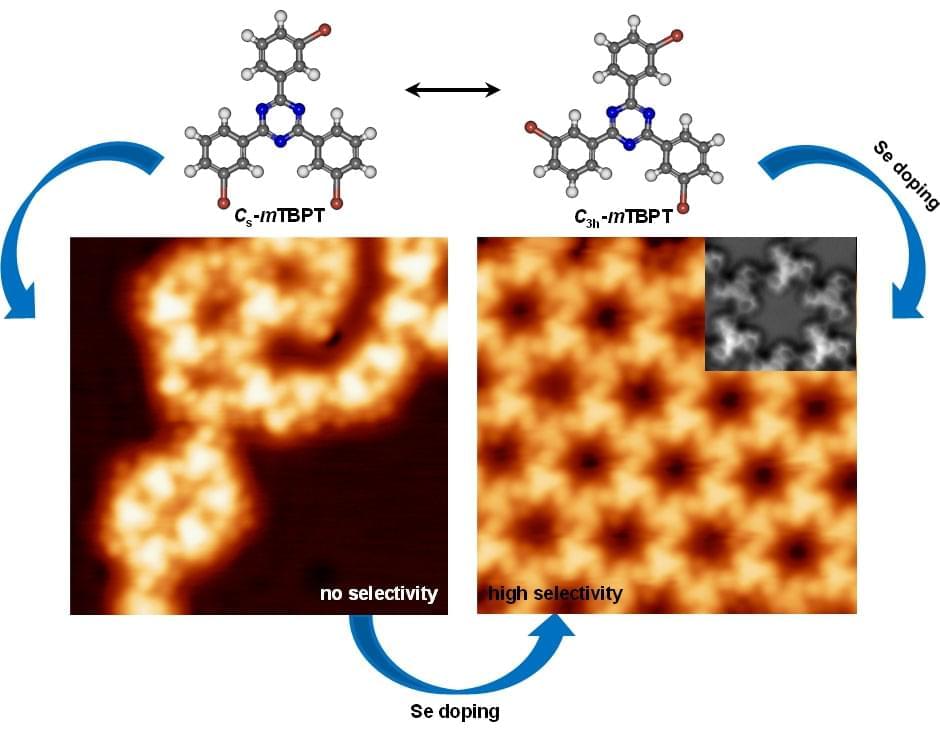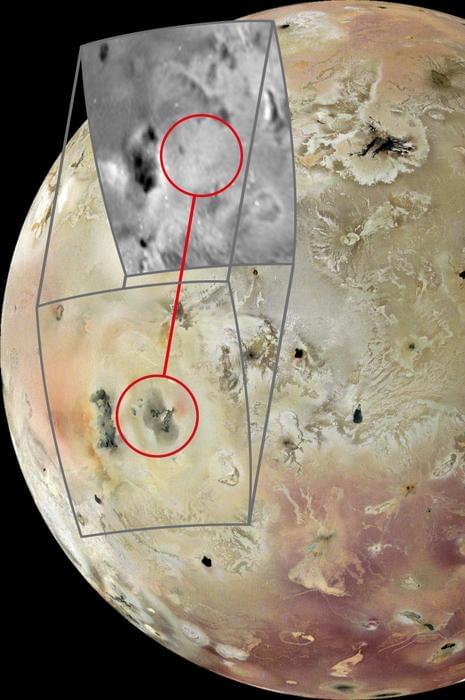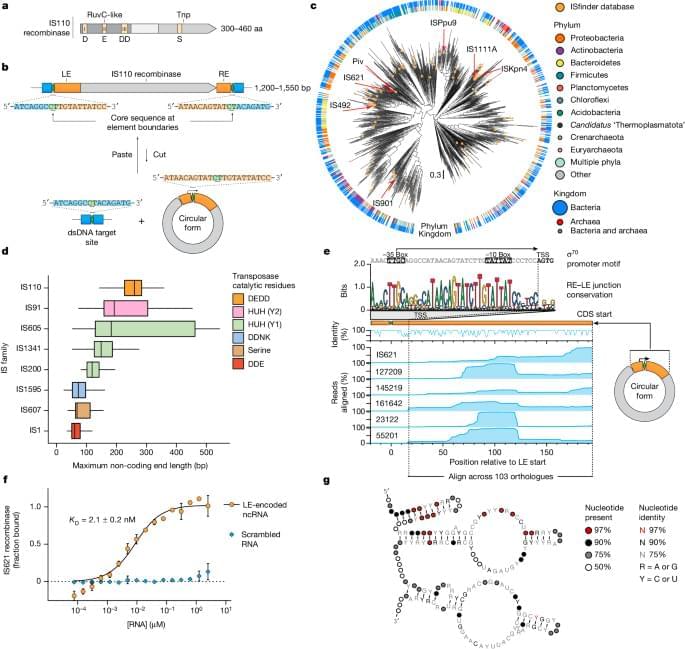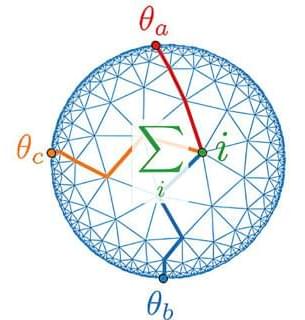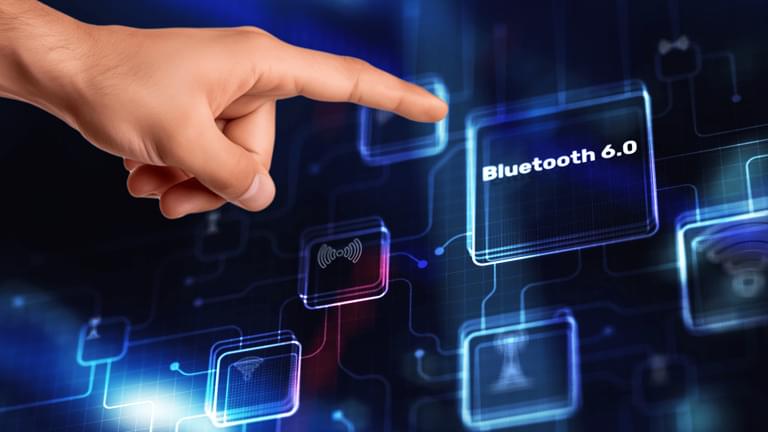PRESS RELEASE — IQM Quantum Computers (IQM), a global leader in designing, building, and selling superconducting quantum computers, today announced that it has reached a milestone of producing 30 full-stack quantum computers in its manufacturing facility in Finland.
In addition, IQM has also completed the delivery and installation of six full-stack quantum computers to customers worldwide. IQM’s previously announced customers include VTT Technical Research Centre of Finland, Leibniz Supercomputing Centre (LRZ) in Germany as well as Forschungszentrum Jülich in Germany.
With increasing demand for on-premises quantum computers globally, IQM Quantum Computers Co-CEO Mikko Välimäki highlighted the significance of the manufacturing milestone, stating: “One of the key bottlenecks in quantum computer adoption has been prohibitively high prices. We are the first quantum computer manufacturer with the goal of taking quantum computers to a much wider market with industrialized manufacturing capabilities that help drive the prices lower. Looking ahead, our production line has the capacity to deliver up to 20 full-stack quantum computers a year.”
